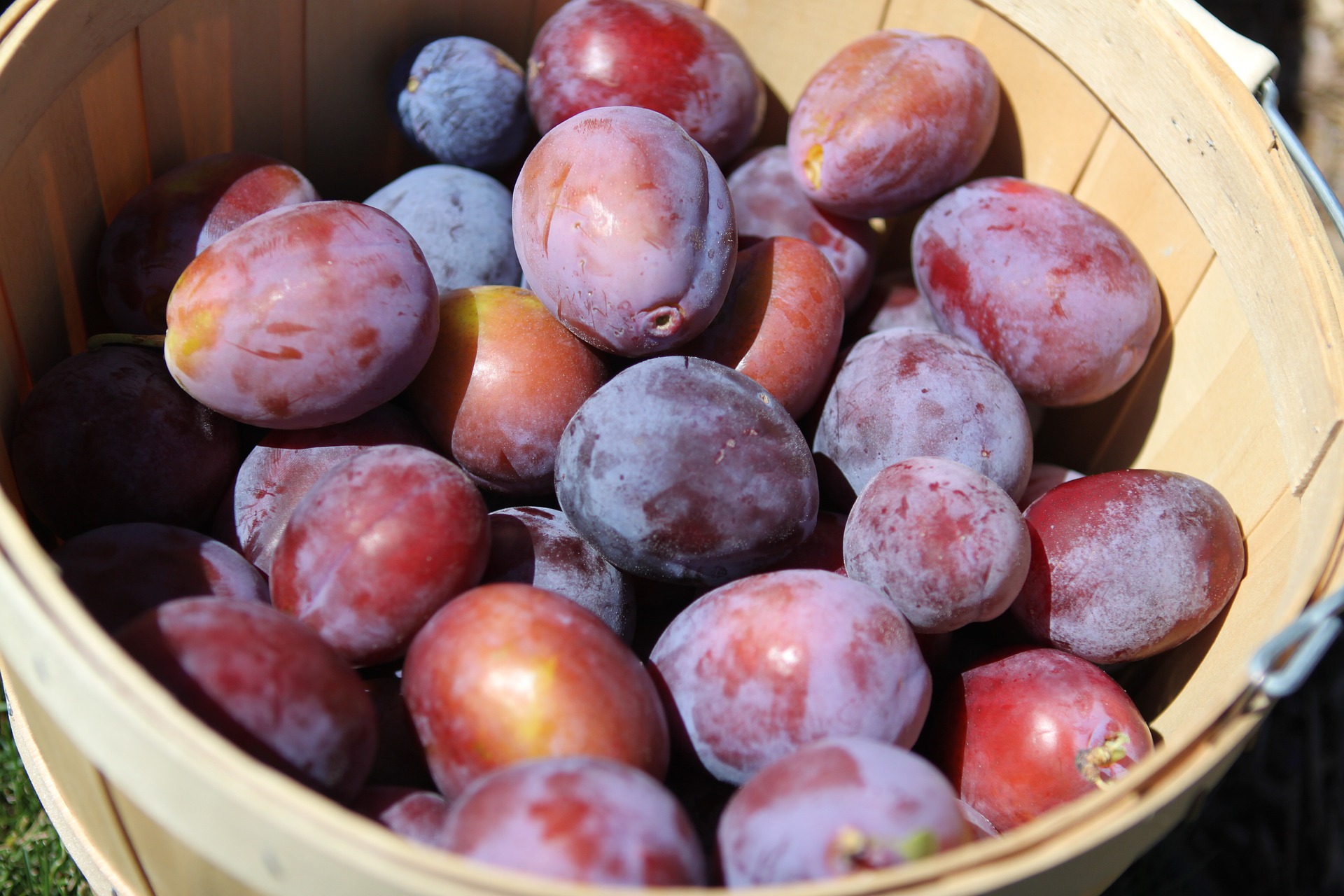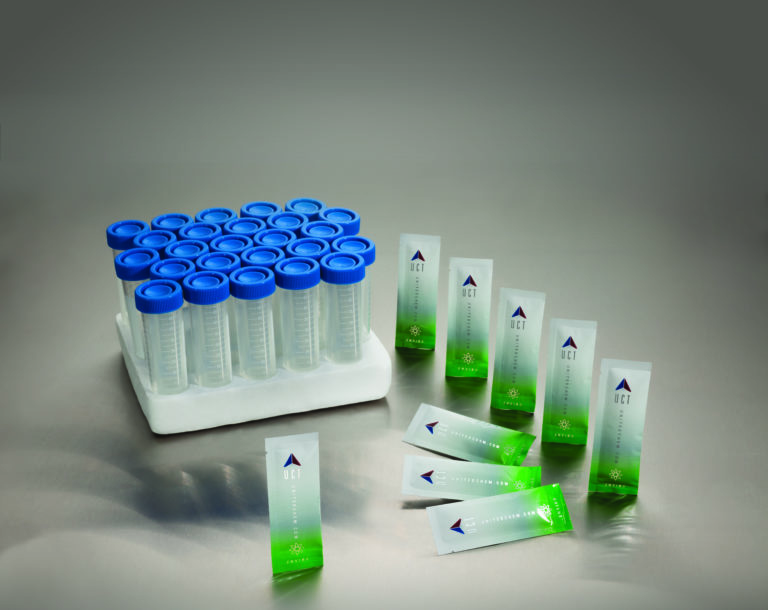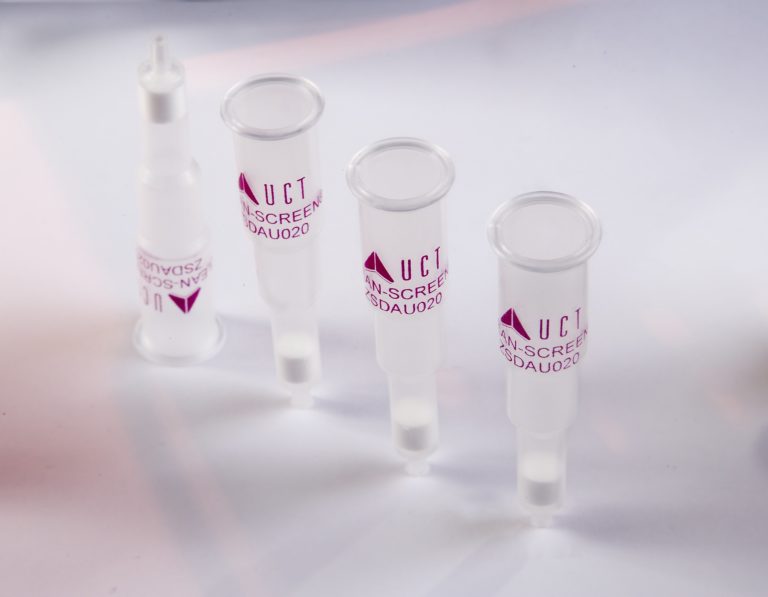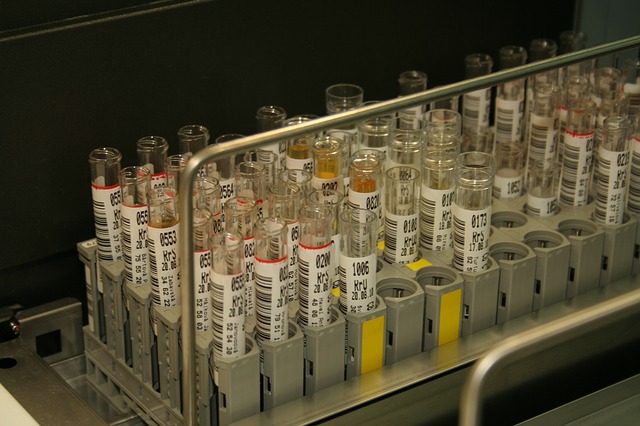UCT QuEChERS Cited in Agro-Industry Article
In a recent paper published in Food Chemistry by Claudio Alister et al., (oi: https://doi.org/10.1016/ j.foodchem.2018.06.090), A UCT’s QuEChERS blend containing 4 g magnesium sulfate (MgSO4), 0.5 g of disodium citrate (C6H6Na2O7), 0.5 g of trisodium citrate (Na3C6H5O7) and 1 g of sodium chloride (NaCl) was employed in the primary extraction of pesticides from prunes. In the secondary clean up stage, 1.5 g MgSO4 and 0.25 g of PSA (UCT Selectra®) were used.
The aim of the study was to determine the insecticide residue processing factor (PF) from plums to prunes and the effect of the industrial processing of prune residue concentrations. The results show an increase of insecticide concentrations during plum dehydration that is explained by fruit water loss; however, the normalized insecticide residue concentration, based on plum dry weights to compensate dehydration, was reduced. The water washing and tenderizing of prunes produced insecticide residue reductions of 22.9±4.5 % and 21.9±4.2%, respectively. PF were: 1.157, 1.872, 1.316, 0.192, 2.198, 0.775 and 0.156 for buprofezin, l-cyhalothrin, spirodiclofen, indoxacarb, acetamiprid, imidacloprid and emamectin benzoate, respectively. Results were directly related to water solubility, aqueous hydrolysis and degradation point and inversely related to molecular mass and melting point. It is crucial to consider the PF to determine the specific preharvest interval for the agroindustry of prune production following plum harvest.
This article demonstrates that scientists working in the area of food protection analysis consistently use UCT QuEChERS. For more information regarding UCT’s full QuEChERS product line, click here.






